How to raise tulips? simple steps to teach you how to grow healthy tulips
Tulip belongs to Liliaceae Tulip genus with bulbous herbs, scientific name is Tulipa gesneriana, also known as lotus, dry lotus, grass musk, tulip, red-blue flower, purple, etc., tulips can be up to 40 or 50 meters long, regardless of high bottle, shallow pelvis, round cylinder, inserted are particularly elegant and refined, fresh and meaningful, people see but not tired. Tulips are no stranger to everyone, generally form an overall color landscape for people to watch, tulips in the middle, dwarf varieties can be potted, many families began to arrange tulips potted plants, so, how should tulips be raised?
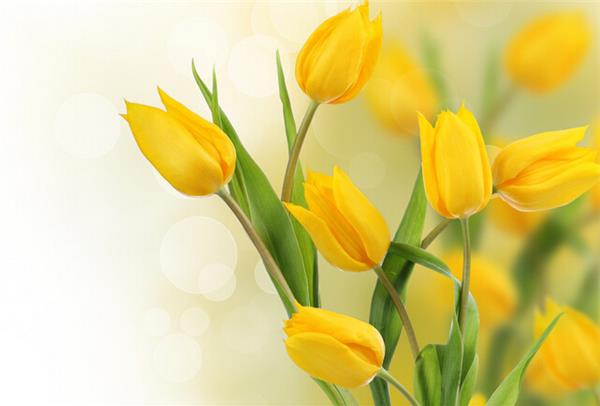
The cultivation methods of tulips:
☆ 1, soil: tulips require both water retention and air permeability, salinity should not be too high, nor too sour, pH value should not be less than 6, peat, mature soil and sand mixed with 1 ∶ 1 ∶ 1 as cultivation medium, the effect is better.
☆ 2. Sunlight: sufficient sunlight is necessary for the growth of tulips. Insufficient sunlight will cause poor plant growth, cause buds to fall, weaken plants, lighten leaves and shorten flowering period. But tulips on the pot after more than half a month, should be properly shaded, in order to facilitate the growth of new roots. In addition, during germination, the elongation of flower buds is inhibited by light. Shading can promote the elongation of flower buds and prevent the early vegetative growth from growing too fast. After emergence, light should be increased to promote plant jointing, form buds and promote coloring. After the buds are fully colored in the later stage, direct sunlight should be prevented and the flowering time should be prolonged.
☆ 3. Temperature: tulips prefer warm winters and cool summers, and the optimum temperature for growth is 9-13 ℃. Strong cold resistance, can withstand the low temperature of-35 ℃ in winter.
☆ 4. Watering: water should be watered thoroughly after planting, so that the soil and the seed bulb can be fully combined and conducive to rooting, water should be properly controlled after budding, leaves can be gradually elongated, water can be sprayed on the leaf surface to increase air humidity, and sufficient water supply should be ensured at bolting and budding stage to promote the full development of flowers and proper water control after flowering.
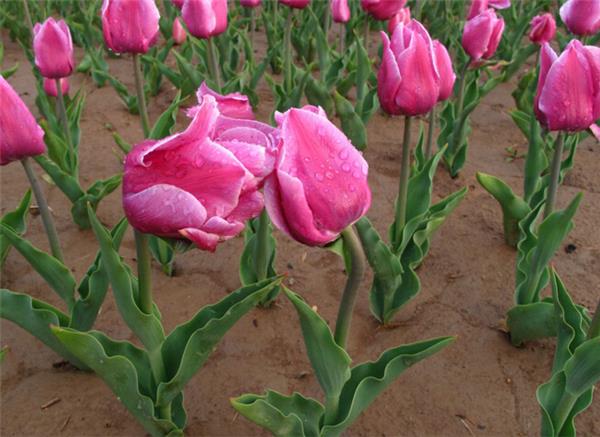
☆ 5, fertilization: tulips do not have high requirements for fertilizer, if the growth potential is weak, you can apply some nitrogen fertilizer. When the root system is well developed, 2 kg of calcium nitrate is applied every 100 square meters, spread in three times, each time at an interval of more than one week.
☆ 6, insect pests: the pathogens of tulip diseases and insect pests can be carried by the seed bulb or by the soil to infect the seed bulb, which mostly occur in the environment of high temperature and humidity. The main diseases are stem rot, soft rot, broken color disease, quenching disease, blind bud and so on. Adequate soil disinfection should be carried out before planting, virus-free bulbs should be selected as far as possible, diseased plants should be dug up and destroyed in time, and fungicides should be poured once or twice in the growth process of the greenhouse, the effect is better; good ventilation should be maintained to prevent high temperature and humidity; when aphids occur, 3% natural pyrethrum can be sprayed 800 times.

Tulips are perennial herbs. Leaves long elliptic-lanceolate or ovate-lanceolate. Flower stem 6-10cm high, flowers solitary stem apex, large erect, forest-like, base often black-purple. Perianth Obovate, bright yellow or purplish red, with yellow stripes and spots. There are white, pink, magenta, purple, brown, yellow, orange and so on, different shades, monochrome or complex color. Flowers are cup-shaped, egg-shaped, bell-shaped, bowl-shaped, ball-shaped, funnel-shaped, lily-shaped, single and double. The florescence is generally from March to May, with the difference of early, middle and late. There are many kinds of tulips, so what is the classification of tulips by color?
Tulips are classified by color:
☆ 1. Tulip (red) Tulipa gesnerianna Tulip genus ☆ of Liliaceae
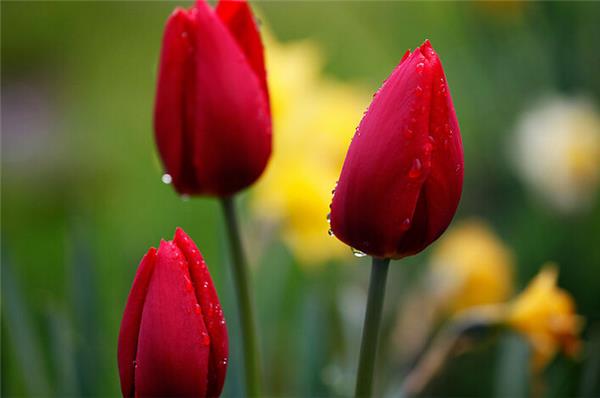
Tulip is the national flower of the Netherlands. From 1634 to 1637, it was called the period of "tulip mania" in Dutch history. New varieties and rare varieties of tulips are sold at high prices and become the object of investment pursued by people.
Flower words: the confession of Love
Flower etiquette: put a few red tulips on square hard-lined paper, fix the position with tape paper, carefully wrap transparent plastic paper, and decorate the corners with gold ribbons to add beauty.
☆ 2. Tulip (yellow) Tulipa gesnerianna Tulip genus ☆ of Liliaceae
In Europe and the United States, yellow flowers are usually not very popular, and the related flower words are more negative. In fact, the clear yellow contains the joy of spring, how can people not like the eye-catching bright flowers?
Flower words: hopeless Love
Flower etiquette: because the flower stem of tulip is quite curved, it is appropriate to use a slightly larger white pattern wrapping paper, 4-5 long plants tied into a bunch, the ribbon must be yellow.
☆ 3. Tulip (white) Tulipa gesnerianna Tulip genus ☆ of Liliaceae
The Australian ambassador who came to Turkey in the 16th century saw the flower for the first time. He asked the Turks around him its name and the answer was: tulip. In fact, the pronunciation refers to the Turkish headscarf, and the Turk misunderstood the meaning of the ambassador, but the flower name came into being and remained in use.
Flower words: the lost Love
Flower etiquette: just use a few white tulips to make bouquets without adding other embellishments. The outside is white with pink tulle, and then tied gently with a few red ribbons.
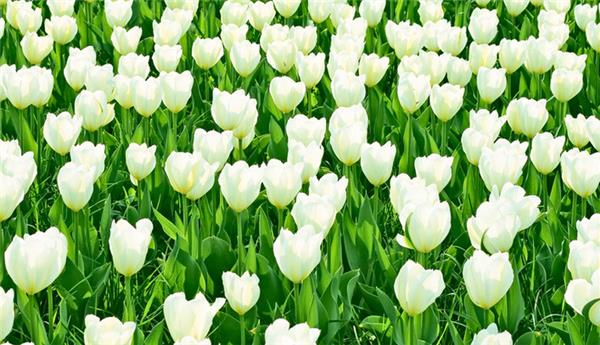
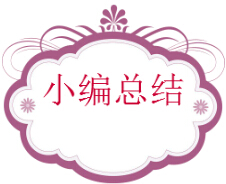
Tulip is one of people's favorite flowers, is a rare and valuable flower material, many people do not hesitate to go to far away garden areas to enjoy the beauty of tulips, when decorating the home to choose tulip potted plants, not only can often see their favorite flowers can also decorate the home, why not. The above is the summary of how to raise tulips and the classification of tulips, hoping to help you better understand tulips and grow healthy tulips.
The lace must be in yellow.
☆ 3. Tulip (white) Tulipa gesnerianna Tulip genus ☆ of Liliaceae
The Australian ambassador who came to Turkey in the 16th century saw the flower for the first time. He asked the Turks around him its name and the answer was: tulip. In fact, the pronunciation refers to the Turkish headscarf, and the Turk misunderstood the meaning of the ambassador, but the flower name came into being and remained in use.
Flower words: the lost Love
Flower etiquette: just use a few white tulips to make bouquets without adding other embellishments. The outside is white with pink tulle, and then tied gently with a few red ribbons.


Tulip is one of people's favorite flowers, is a rare and valuable flower material, many people do not hesitate to go to far away garden areas to enjoy the beauty of tulips, when decorating the home to choose tulip potted plants, not only can often see their favorite flowers can also decorate the home, why not. The above is the summary of how to raise tulips and the classification of tulips, hoping to help you better understand tulips and grow healthy tulips.
Related
- Wuhan Hospital Iron Tree Blooming Result Was Instantly Frightened by the Gardener Master
- Which variety of camellia is the most fragrant and best? Which one do you like best?
- What is the small blue coat, the breeding methods and matters needing attention of the succulent plant
- Dormancy time and maintenance management of succulent plants during dormancy
- Minas succulent how to raise, Minas succulent plant pictures
- What are the varieties of winter succulent plants
- How to raise succulent plants in twelve rolls? let's take a look at some experience of breeding twelve rolls.
- Attention should be paid to water control for succulent plants during dormant period (winter and summer)
- Watering experience of twelve rolls of succulent plants
- Techniques for fertilizing succulent plants. An article will let you know how to fertilize succulent plants.



